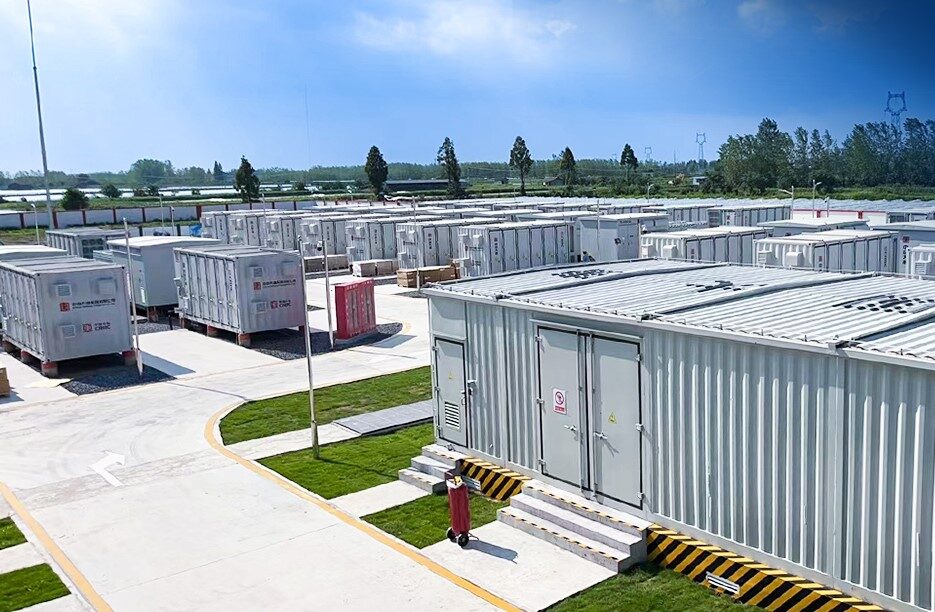PowerChina has announced the results of the largest procurement tender in solar industry history, involving 51 GW of PV modules and 51 GW of inverters.
The PV module procurement round was divided into three categories: 12 GW of tunnel oxide passivated contact (TOPCon) modules for self-owned projects, 36 GW of TOPCon modules for engineering, procurement, and construction (EPC) projects, and 3 GW of n-type heterojunction (HJT) modules.
The inverter procurement round was split into four lots: 12 GW of centralized all-in-one box inverters over 3,125 kW, 8 GW of string inverters over 300 kW for self-built projects, 25 GW of string inverters over 300 kW for EPC projects, and 6 GW of smaller-scale string inverters between 10 kW to 150 kW in size.
A record 58 companies competed for the module contracts. Bids for TOPCon modules ranged from $0.086/W to $0.106/W, with an average of $0.094/W. HJT module bids were slightly higher, ranging from $0.103/W to $0.112/W, with an average of $0.106/W. Second-tier companies submitted bids under $0.094/W, while top-tier firms consistently quoted above this threshold, clustering around $0.098/W.
The HJT segment carried a price premium of about $0.011/W over TOPCon, although some companies reported near-parity pricing between the two technologies.
On the inverter side, 25 companies participated. Bids for string inverters ranged from $0.012/W to $0.025/W, with high-demand categories (300 kW-plus) averaging $0.013/W. Only six companies quoted above $0.014/W for these categories. Smaller-scale inverters (10 kW to 150 kW) averaged between $0.014/W and $0.019/W, with some exceeding $0.021/W.
PowerChina said the procurement round is based on a framework agreement. The shortlisted suppliers will compete again in 2025 through negotiations or bidding to finalize contracts.
In late November, PowerChina unveiled plans for a 300 MW offshore solar pilot project in the Bohai Sea, designed to withstand extreme marine conditions. And in early December, the company signed a contract with Manila Electric for a 1.05 GW solar project in the Philippines, as part of the larger 2.45 GW Terra initiative.
Earlier this week, PowerChina launched construction on three hybrid solar microgrids in Suriname, combining solar power, energy storage, and diesel backup to supply electricity to 25 remote villages.
This content is protected by copyright and may not be reused. If you want to cooperate with us and would like to reuse some of our content, please contact: editors@pv-magazine.com.



By submitting this form you agree to pv magazine using your data for the purposes of publishing your comment.
Your personal data will only be disclosed or otherwise transmitted to third parties for the purposes of spam filtering or if this is necessary for technical maintenance of the website. Any other transfer to third parties will not take place unless this is justified on the basis of applicable data protection regulations or if pv magazine is legally obliged to do so.
You may revoke this consent at any time with effect for the future, in which case your personal data will be deleted immediately. Otherwise, your data will be deleted if pv magazine has processed your request or the purpose of data storage is fulfilled.
Further information on data privacy can be found in our Data Protection Policy.